Wheat Rust Diseases and their Control / گندم کی بیماری کنگی
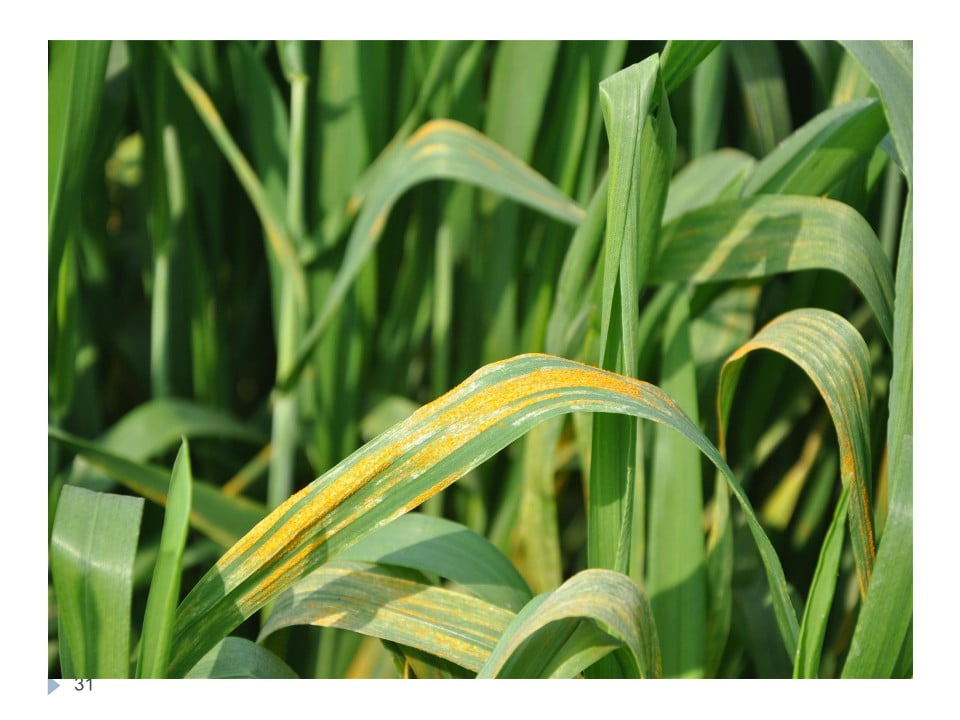
Last updated on March 11th, 2024 at 01:44 pm
Find the latest literature of Wheat Research Institute, Ayub Agricultural Research Institute, Faisalabad, Pakistan on the Introduction, Cause and Control of Rust diseases.
New Methods of Control:
Propiconazole (Tilt. Syngenta)200 ml/acre
Or
Azoxystrobin + Difenoconazle (Amistar, Rekado etc) 200 ml/acre
Or
Triadimefon 100 gm /acre
Or
Trifloxystrobin + Tebuconazole (Nativo. Bayer) 65 gm/acre
Or
Flutriafol + Tebuconazole (Topguard Swat Agro) 200ml/acre
Or
Difenoconazole 200 ml/acre
Or
Sulfur 500 gm/acre
Or any other suitable fungicide
Various Methods to control Wheat rust and the new and effective fungicides for the control of rust are also mentioned at the end of the post.
بیماری کے تدارک کے لیے زہریلی ادویات کی تفصیل آخر میں ہے
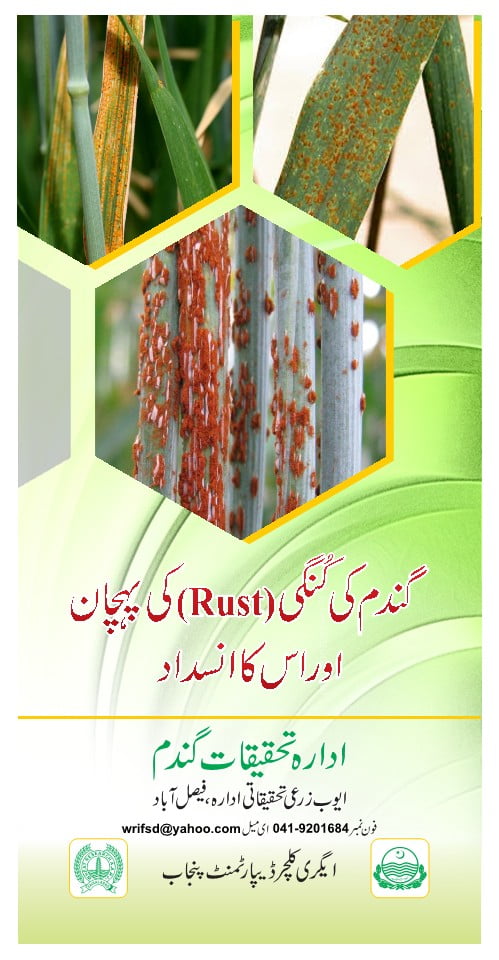
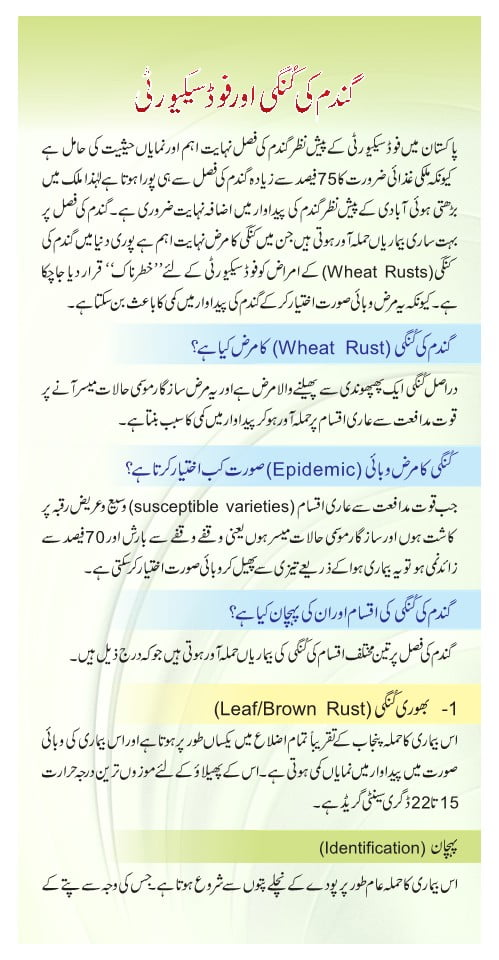
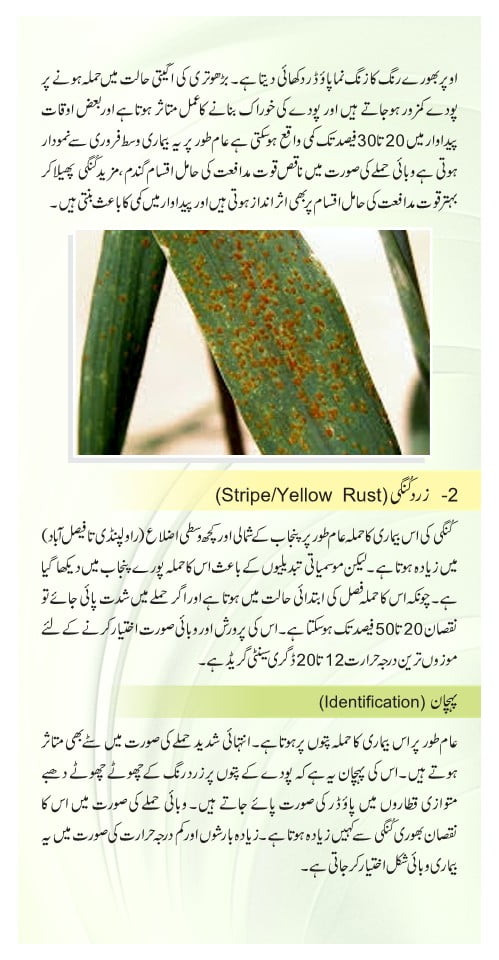
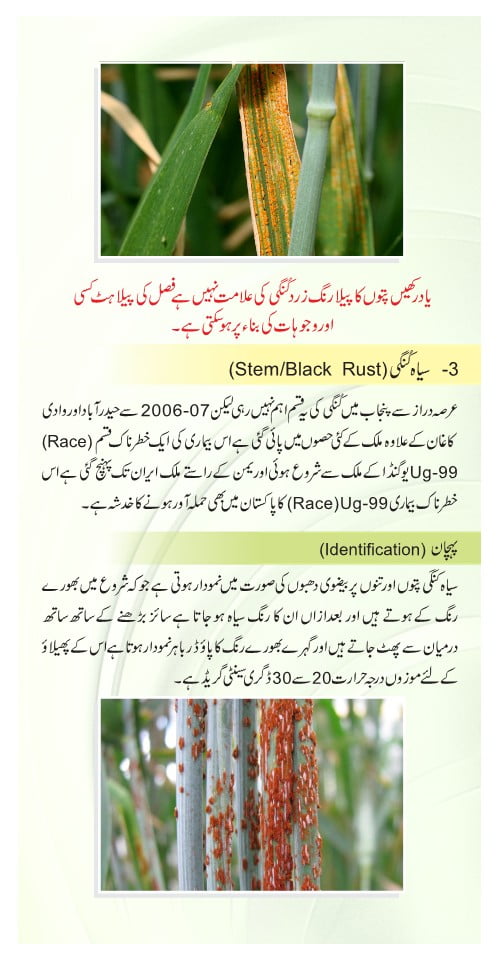


Best and Easy Approaches to avoid Rust and its Control:
- Avoid cultivation of atleast 3 to 4 years old/ banned/ unapproved wheat varieties which have become susceptible to rusts. This method has also proven itself to be quite effective.
- Cultivate newly approved /rust resistant varieties as recommended by Agriculture department and institutes.
- Popularize fungicide seed treatment but avoid large scale application or overuse of foliar fungicides/ rusticides against fungal diseases.
- Moreover, Scouting of wheat fields to keep an eye on disease attack helps to monitor the onset of rusts and timely application of fungicides. If you have a diseased sample, work with experts to confirm disease diagnosis.
Adopt better Cultural Practices to avoid Rust attack:
- early planting with use of clean, healthy & treated seed.
- less planting density (use of less seed rate)
- planting of more than one varieties
- weed management throughout the season helps to control diseases
Chemical Control for Rust:
- 1st priority should be the use of resistant varieties and chemical control should be considered as the secondary option.
- Fungicides are recommended only in case of emergency or danger of disease epidemics.
- Spray fungicides only on patches.
- Too early or too late application of fungicides are not recommended.
Best currently for Seed Treatment on Wheat seed (Any of these may be used):
- Difenconazole @ 1ml/kg seed,
- Thiophanate Methyle @2g/kg seed
- Imida cloprid + tebuconazole @ 4ml/kg seed
Best currently for Foliar Applications on Wheat (Any of these may be used):
Propiconazole (Tilt. Syngenta)200 ml/acre
Or
Azoxystrobin + Difenoconazle (Amistar, Rekado etc) 200 ml/acre
Or
Triadimefon 100 gm /acre
Or
Trifloxystrobin + Tebuconazole (Nativo. Bayer) 65 gm/acre
Or
Flutriafol + Tebuconazole (Topguard Swat Agro) 200ml/acre
Or
Difenoconazole 200 ml/acre
Or
Sulfur 500 gm/acre
Or any other suitable fungicide
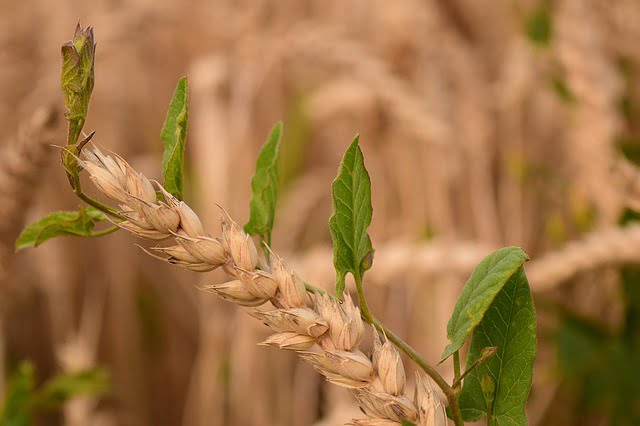
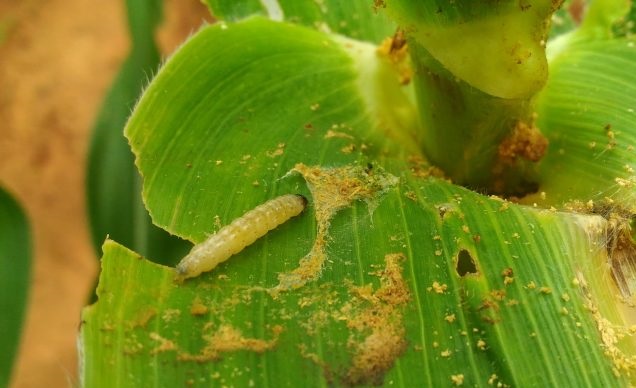
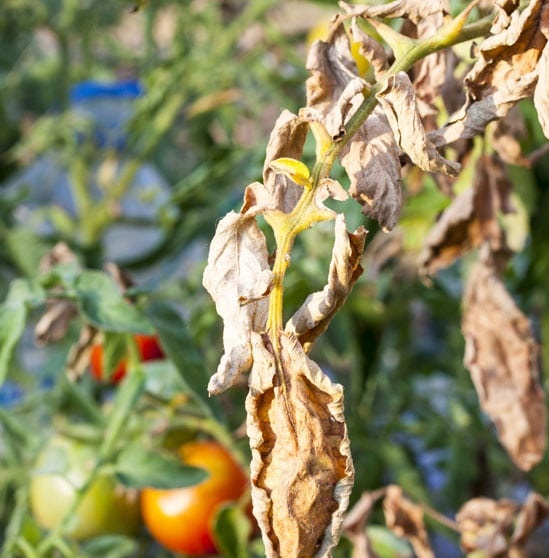
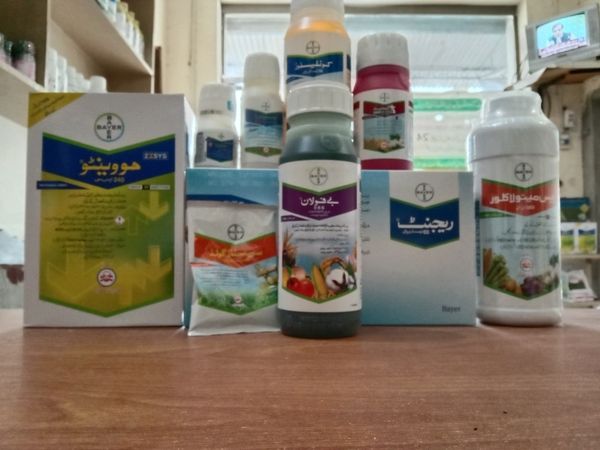
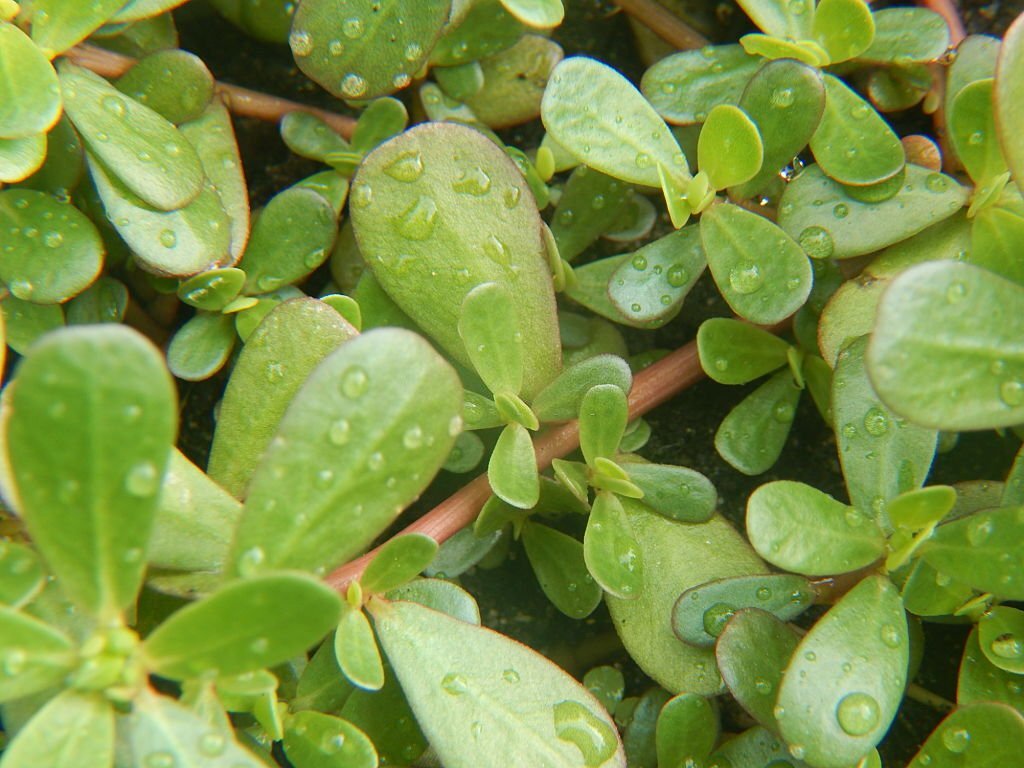


Good information
Thank you Mr. Naveed